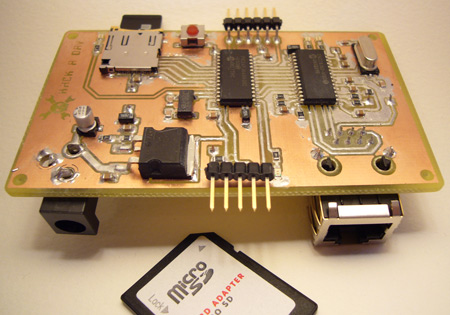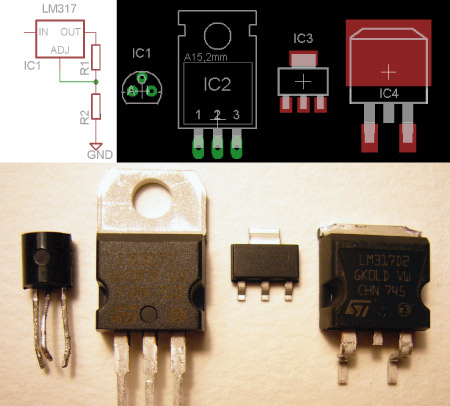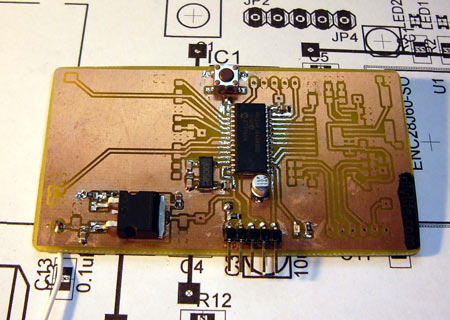This mini web server is slightly smaller than a business card. There are a lot of tiny one-board servers out there, but this is probably the smallest you can etch and solder at home. Unlike many embedded web servers, files are stored on a PC-readable SD card, not in a difficult-to-write EEPROM. Read on for the web server design, or catch up on PIC 24F basics in the previous article: Web server on a business card (part 1).
Continue reading “How-To: Web Server On A Business Card (Part 2)”















